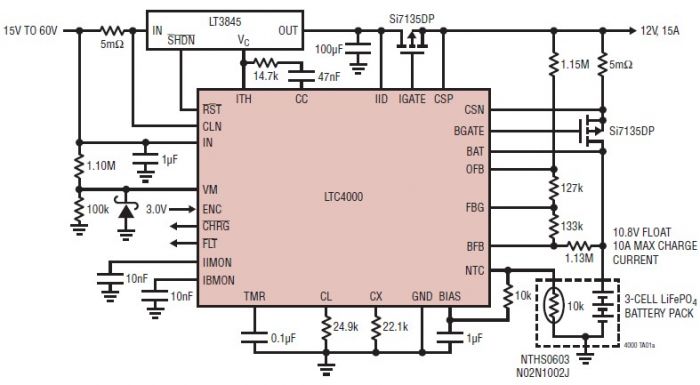
The Itsy-Bitsy USB Lamp circuit

The device is referred to as the Itsy Bitsy USB Lamp. This concept is remarkably straightforward, raising the question of why it had not been conceived earlier. Originating as a student project at Massey University in Wellington, New Zealand, it was submitted by the lecturer, Stan Swan. The design consists of a USB plug connected to a suitable length of cable, a bright white LED, and a series resistor to regulate the LED's current. Both the LED and the resistor are encased in an in-line fuse holder (excluding its internal components), which serves as an effective "wand" and additionally safeguards the electronic components.
The Itsy Bitsy USB Lamp is a compact and efficient lighting solution that operates directly from a USB power source. The schematic design includes a USB Type-A connector, which provides a standardized connection to any compatible USB power supply. The cable length can be customized based on user requirements, allowing for flexibility in positioning the lamp.
At the core of the design is a high-efficiency white LED, selected for its brightness and low power consumption. The LED is connected in series with a resistor, which is crucial for limiting the current flowing through the LED to prevent damage. The value of this resistor is determined based on the forward voltage of the LED and the output voltage of the USB supply, typically 5V. The resistor's power rating must also be considered to ensure it can handle the power dissipation without overheating.
The in-line fuse holder serves a dual purpose: it provides a robust housing for the LED and resistor while also acting as a protective enclosure. This design choice enhances durability and safety, ensuring that the components are shielded from physical damage and environmental factors.
Overall, the Itsy Bitsy USB Lamp exemplifies an innovative approach to simple electronic design, combining practicality with ease of use. Its straightforward construction allows for easy assembly and modification, making it an excellent project for students and electronics enthusiasts alike.We`ve called it the Itsy Bitsy USB Lamp. It is such a delightfully simple idea we`re wondering why no-one ever thought of it before. It started life (and continues) as a student project at Massey University in Wellington, New Zealand - and in fact was submitted to us by the lecturer, Stan Swan. When we say simple, we mean it: just a USB plug on a suitable length of cable, a super bright white LED and a series resistor to limit LED current.
The LED and resistor are housed in an in-line fuse holder (without its innards!) which makes a superb little "wand" and also protects the electronics, such as they are.. 🔗 External reference
The Itsy Bitsy USB Lamp is a compact and efficient lighting solution that operates directly from a USB power source. The schematic design includes a USB Type-A connector, which provides a standardized connection to any compatible USB power supply. The cable length can be customized based on user requirements, allowing for flexibility in positioning the lamp.
At the core of the design is a high-efficiency white LED, selected for its brightness and low power consumption. The LED is connected in series with a resistor, which is crucial for limiting the current flowing through the LED to prevent damage. The value of this resistor is determined based on the forward voltage of the LED and the output voltage of the USB supply, typically 5V. The resistor's power rating must also be considered to ensure it can handle the power dissipation without overheating.
The in-line fuse holder serves a dual purpose: it provides a robust housing for the LED and resistor while also acting as a protective enclosure. This design choice enhances durability and safety, ensuring that the components are shielded from physical damage and environmental factors.
Overall, the Itsy Bitsy USB Lamp exemplifies an innovative approach to simple electronic design, combining practicality with ease of use. Its straightforward construction allows for easy assembly and modification, making it an excellent project for students and electronics enthusiasts alike.We`ve called it the Itsy Bitsy USB Lamp. It is such a delightfully simple idea we`re wondering why no-one ever thought of it before. It started life (and continues) as a student project at Massey University in Wellington, New Zealand - and in fact was submitted to us by the lecturer, Stan Swan. When we say simple, we mean it: just a USB plug on a suitable length of cable, a super bright white LED and a series resistor to limit LED current.
The LED and resistor are housed in an in-line fuse holder (without its innards!) which makes a superb little "wand" and also protects the electronics, such as they are.. 🔗 External reference





